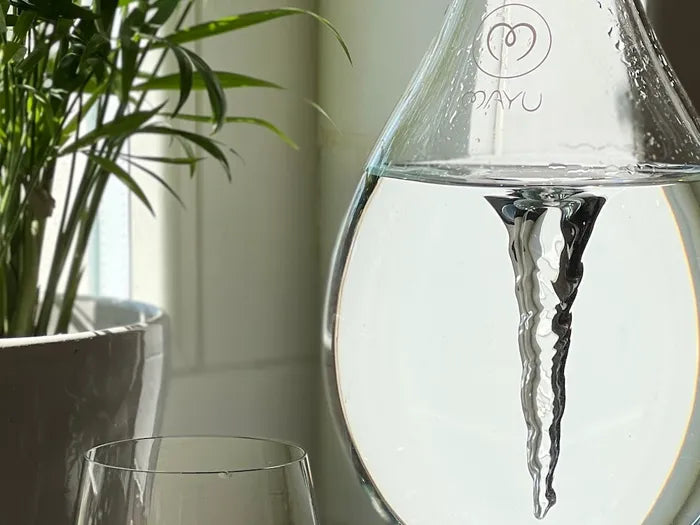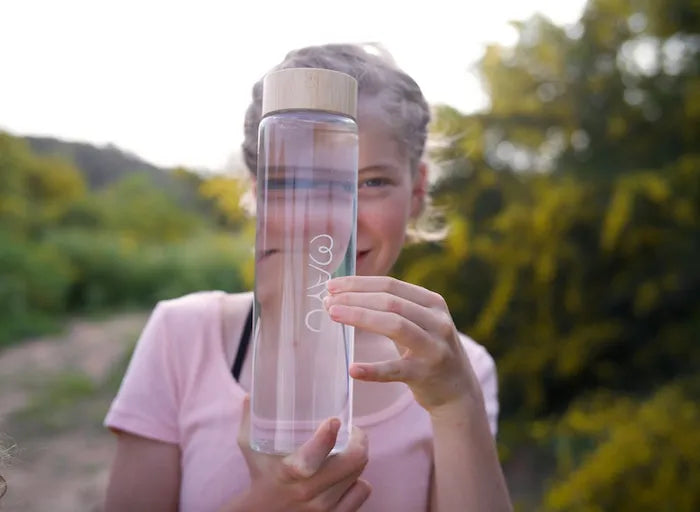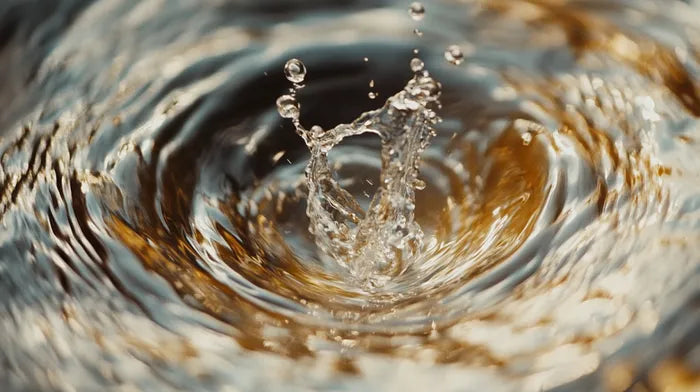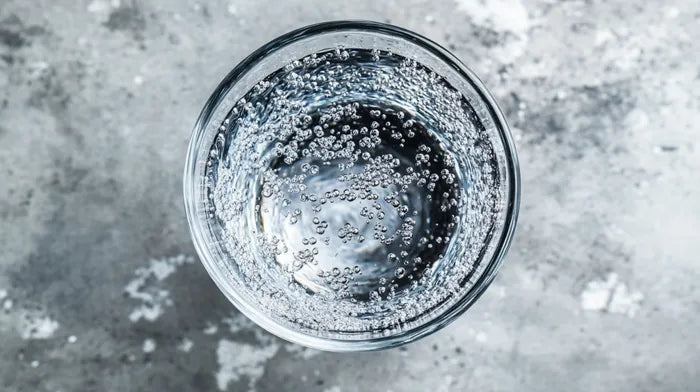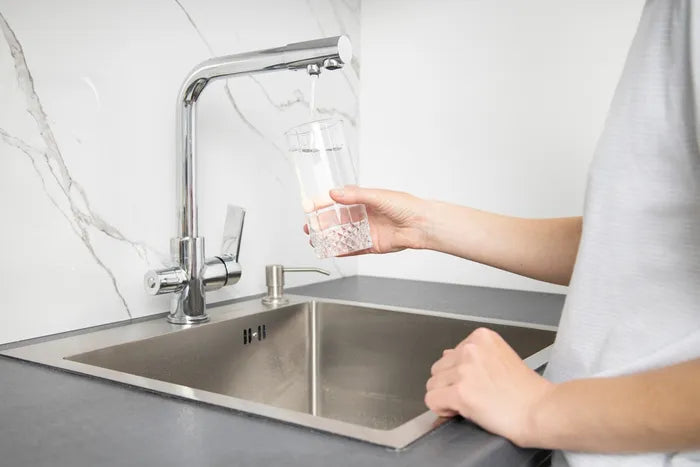How to Remineralize Reverse Osmosis (RO) Water
Updated February 5, 2025

Reverse osmosis is a method of filtering water that removes many contaminants, including sediments like chlorine, salt, dirt, organic matter, viruses, bacteria, and microorganisms. This process works by pushing water through a semi-permeable or synthetic membrane. However, along with removing potentially harmful compounds, reverse osmosis also removes minerals from water.
Is It Beneficial to Consume RO Water?
The benefits of reverse osmosis water are often debated. The World Health Organization has warned that drinking reverse osmosis water for a few months can negatively affect human health. Researchers have stated that drinking reverse osmosis causes more harm than the potential contaminants found in tap water. The reverse osmosis method removes essential minerals from water, which leeches minerals from the human body. This means the minerals you consume via vitamins and food are urinated away. Fewer minerals being consumed and more minerals being excreted leads to various health issues and negative side effects.
On the other hand, people believe that the minerals in water are found in such trace amounts that they play no vital role in the recommended daily mineral intake for humans. The debate is that the contaminants that reverse osmosis filters out are potentially more harmful than the lack of minerals.
How Can RO Water Be Remineralized?
Reverse osmosis is the best way to filter out the harmful contaminants in drinking water, but remineralizing reverse osmosis water makes it beneficial for consumption again. The quickest and easiest way to remineralize water is by adding mineral drops. They add a variety of minerals and are convenient to add to a glass of water. Another option for remineralizing reverse osmosis water is through an alkaline pitcher. These are also used to increase the pH of the water, making it more beneficial for consumption.












